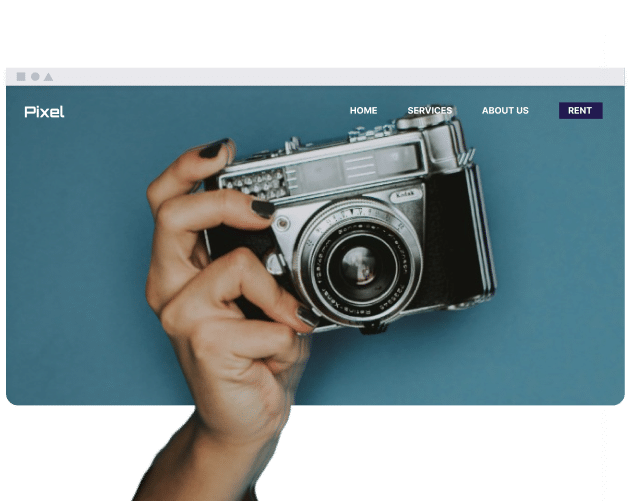What is the business case for making content accessible?
The creation of accessible content is related to business strategy. This approach can impact audience reach, potentially including previously excluded individuals, and it also has a connection with SEO-Leistung, as search engines may index accessible content. Customer-accessible designs might influence the likelihood of lawsuits, corresponding to adherence to mandates such as the ADA and Section 508.
What are the principles that guide the creation of accessible content?
Accessible content development is guided by fundamental principles, which can be seen as a summary of the POUR acronym:
• Perceivable: The users should be able to see the content through their senses (e.g., text alternatives for images, captions for video).
• Operable: The users should be able to interact with the interface and successfully access the content (e.g., full keyboard support).
• Understandable: The information and the functioning of the user interface should be quite clear and be as expected (e.g., readable text, consistent navigation).
• Robust: The content should be as dependable as possible across different technologies, including different browsers, and various assistive technologies (e.g., clean, valid code).
What are some essential techniques for making content accessible?
Accessible content creation is a multiple-step process:
• Write descriptions for the images provided (alt text): Just in case the picture is provided for a visually impaired person, the reader will read a description of the image. If an image is purely decorative, using alt=”” may influence how screen readers handle it.
• Logical and understandable heading structures: Proper use of <h1> through <h6> tags should be the way content is organized and help in the navigation (do not skip heading levels).
• Ensure that the colors have enough contrast: The colors of the text and background are supposed to contrast enough (a minimum ratio of 4.5:1 for normal text) so that the text is readable for those with low vision or color blindness.
• All the navigable parts on the keyboard: The requirements are that all the interactive elements must be enabled with pure keyboard usage, and the visual focus indicator (the outline around the element) must be clearly seen.
How can you test if content is accessible?
Accessibility checking at the various stages of the development cycle is crucial. The different ways for confirming the accessibility of the content may comprise the following:
• Automated accessibility checkers are the tools, i.e., WAVE or Lighthouse, that facilitate the quick finding of a significant part of the most frequent accessibility issues, such as the lack of alt text or low contrast.
• Manual inspection means the complete verification of the website in accordance with the WCAG criteria.
• Screen reader test is the use of free screen readers, e.g., NVDA, or VoiceOver, for obtaining content accessibility by a visually impaired user.
Are there legal requirements for Web Accessibility Content?
Yes, the legal requirements for web accessibility content differ from one region to another and from one industry to another. In the US, the Americans with Disabilities Act (ADA) has been the most common interpretation of the websites of public accommodations to which it applies. Many countries have legislation like the United States (e.g., the European Union’s Web Accessibility Directive) that is leading to the legal necessity, along with the ethical and business reasons for compliance.
Fazit
Web accessibility is generally considered necessary, with WCAG AA functioning as a legal benchmark; compliance may relate to potential business gains. While the POUR framework offers a structured design methodology, manual testing with keyboard and screen reader remains relevant for usability validation and barrier identification.

